Beth Olem, translated roughly as eternal home, would be a fitting name for any cemetery. But Detroit’s Beth Olem isn’t just any cemetery — and its history has challenged our notions of both home and eternal.
You may recognize the jarring, iconic image: the old-world graves in the foreground, cut against the modern factory looming behind. Beth Olem has turned up in everything from Atlas Obscura to Haaretz; the stories accompanying the photos generally emphasize that grating conceit, mourning “progress” by way of Beth Olem’s long and unusual history.
Beth Olem is Congregation Shaarey Zedek’s first burial ground. As described by Milton Marwil in Michigan Jewish History:
“The Beth Olem Cemetery had its beginning in 1862, a year after the Detroit Jewish community split on theological grounds, half accepting the new German Reform and half remaining Orthodox. The latter established Shaarey Zedek, rented a building for prayer, hired a teacher, and sought their own burial ground.
“Two congregants, Sam Fleishman and Isaac Parchelsky, drove their buggy three miles from the center of population which hugged the shores of the Detroit River out into the country — to buy an acre of land for the Shaarey Zedek cemetery. Perhaps fearing that the German farmers might object to a synagogue or a graveyard, they made the purchase in their own names.”
Beth Olem was sited well beyond Detroit’s population center in the Milwaukee Junction neighborhood (named for the two railroad lines that intersected nearby). But Detroit’s burgeoning industry soon encroached on Beth Olem. Less than 50 years later, in 1910, the Dodge Main Plant sprang up not far away, drawn to the proximity of the tracks.
Unable to expand the 2.2-acre cemetery (packed with 1,100 burials by the last interment in 1948) and attuned to the Jewish community’s suburban migration, Shaarey Zedek looked northwestward. In 1918 it opened its second burial ground, Clover Hill Park Cemetery, 23 miles away in Birmingham. (Over 15,000 people have since been interred at Clover Hill.)
Although no longer an active burial ground after 1948, Beth Olem and the Dodge plant lived cheek by jowl for another 18 years. Then in 1966, Chrysler flattened two adjacent blocks for a carpark. Beth Olem was suddenly and completely engulfed, “a green island in a vast sea of a concrete parking lot.”
Fifteen years later, when the Dodge plant closed, Detroit Mayor Coleman Young’s administration invoked a now-unconstitutional use of eminent domain, giving the plant property and large swaths of the surrounding Poletown community to General Motors to build a new assembly.
Which explains why, today, Beth Olem lies within GM’s Factory ZERO, concealed entirely from view.
That jarring, iconic shot of Beth Olem works because it sets the plant against the cemetery. Dramatic. Misleading. The truth lies in a humbler image: Two padlocks secure the green gates of Beth Olem.
Unlocking them requires two separate keys from two separate institutions: Clover Hill (which maintains the cemetery) and GM (which provides access to it). Through the coordinated effort of these two guardians, Beth Olem is open twice per year, on the Sundays preceding Rosh Hashanah and Pesach.
Sometimes, there are exceptions to the calendar. October 10 marked JHSM’s tenth J-Cycle bike ride, a 6-stop, 18-mile tour of historic Jewish Detroit that typically draws more than 200 participants. This year’s ride highlighted Jewish connections to the automotive industry. The perfect opportunity, we reasoned, to showcase Beth Olem.
Clover Hill gave us the go-ahead immediately, offering to cut the grass and putting us in touch with its Factory ZERO contacts. GM was enthusiastic, but uncertain: The plant is in the throes of an intense, round-the-clock, $2.2 billion construction and retooling project to become an all-electric-vehicle assembly. Ten days before J-Cycle, our visit looked unlikely. Anthony Stevens, the plant’s senior production engineering manager, invited us for a site visit so we could understand the construction’s impact on reaching Beth Olem.
Beth Olem lies in the northwest corner of Factory ZERO, about a half-mile from the plant’s truck entrance off East Grand Boulevard. Except for the fact that there is no signage — no indication of what lies within the plant’s walls — the site visit seemed unwarranted. But just past the entrance’s guard box, the concrete gave way to mud, potholes and hordes of fast-moving heavy equipment, all the way to the cemetery gates. A completely improbable route for cyclists.
Remarkably, Stevens was not deterred. He understood Beth Olem’s importance to the community and promised to stop construction in the area for our tour. The road would still be rough and muddy. But we would have safe, unhindered access in and out of the cemetery. J-Cycle could go on.
And it did. Six groups of cyclists, plus a charter bus, headed to Beth Olem on October 10. From the ride’s starting point, we briefed each group on how to navigate the plant: Keep to the road’s shoulders. Proceed carefully. Prepare to get dirty. Call if you need the mobile mechanic. Nobody hesitated. It was the access that mattered, not the conditions.
But we were astonished to find that, in the ten days between our site visit and J-Cycle, Anthony and his team had built us a road. Five inches of perfectly smooth, compacted earth ran the full length of the deteriorated pavement, from the guard box to the cemetery gate. And stretched along this new “bike lane” were volunteers who greeted, cheered and directed us, including Stevens, his wife, GM industrial engineer John Paulina and Kim Raznik, Clover Hill’s executive director. An outpouring of support that was as moving as it was unexpected.
Along the way, J-Cycle’s preparations helped strengthen ties between the Jewish community and GM. Our deeply knowledgeable site docents, Jim Grey and Arnie Collens, have facilitated conversations with and among Factory ZERO employees about GM’s enduring guardianship and the extraordinary charge in their care.
Two padlocks, two guardians, 2.2 square miles, zero emissions (bike or car) — all adds up to one eternal home.

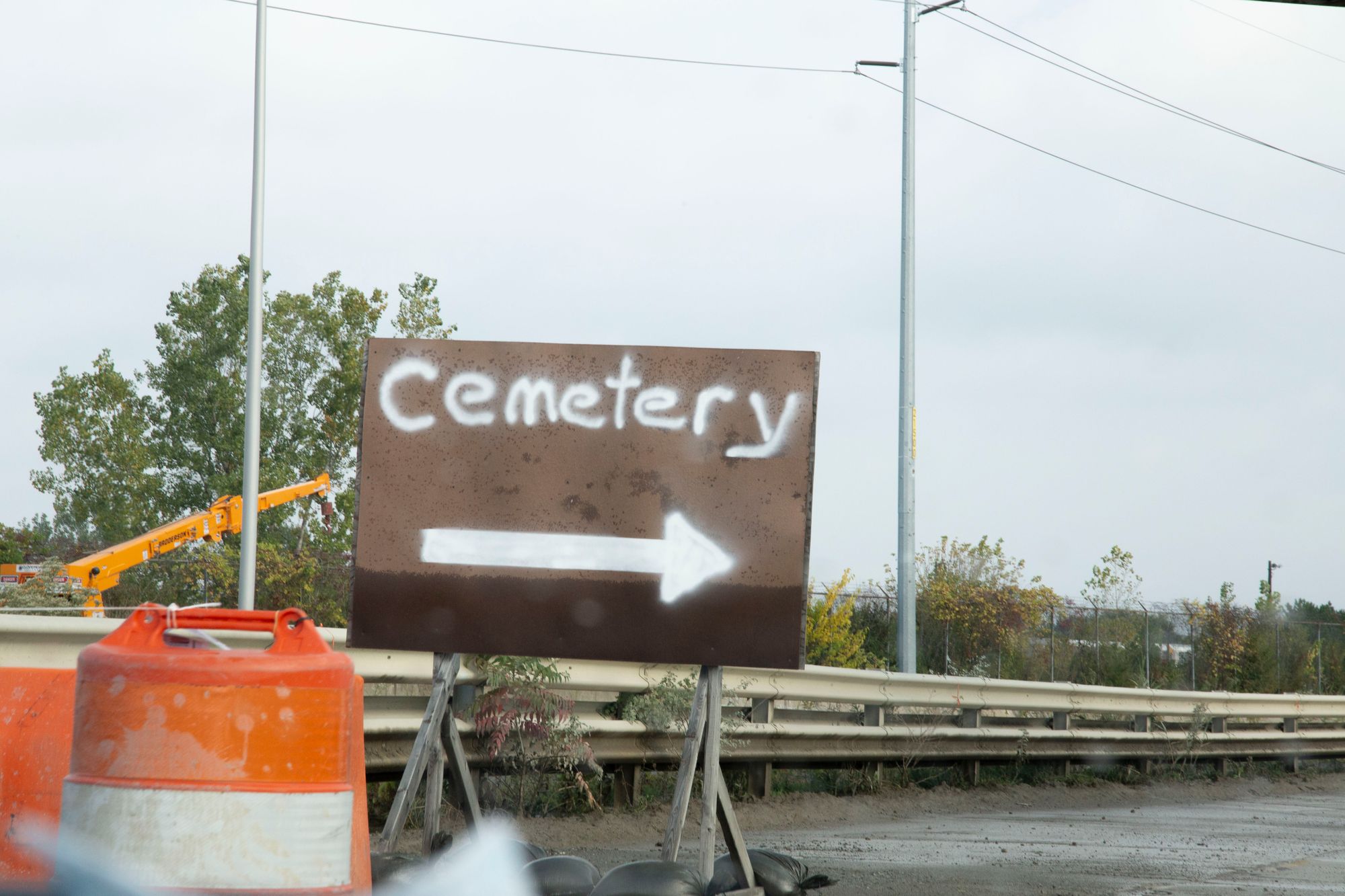
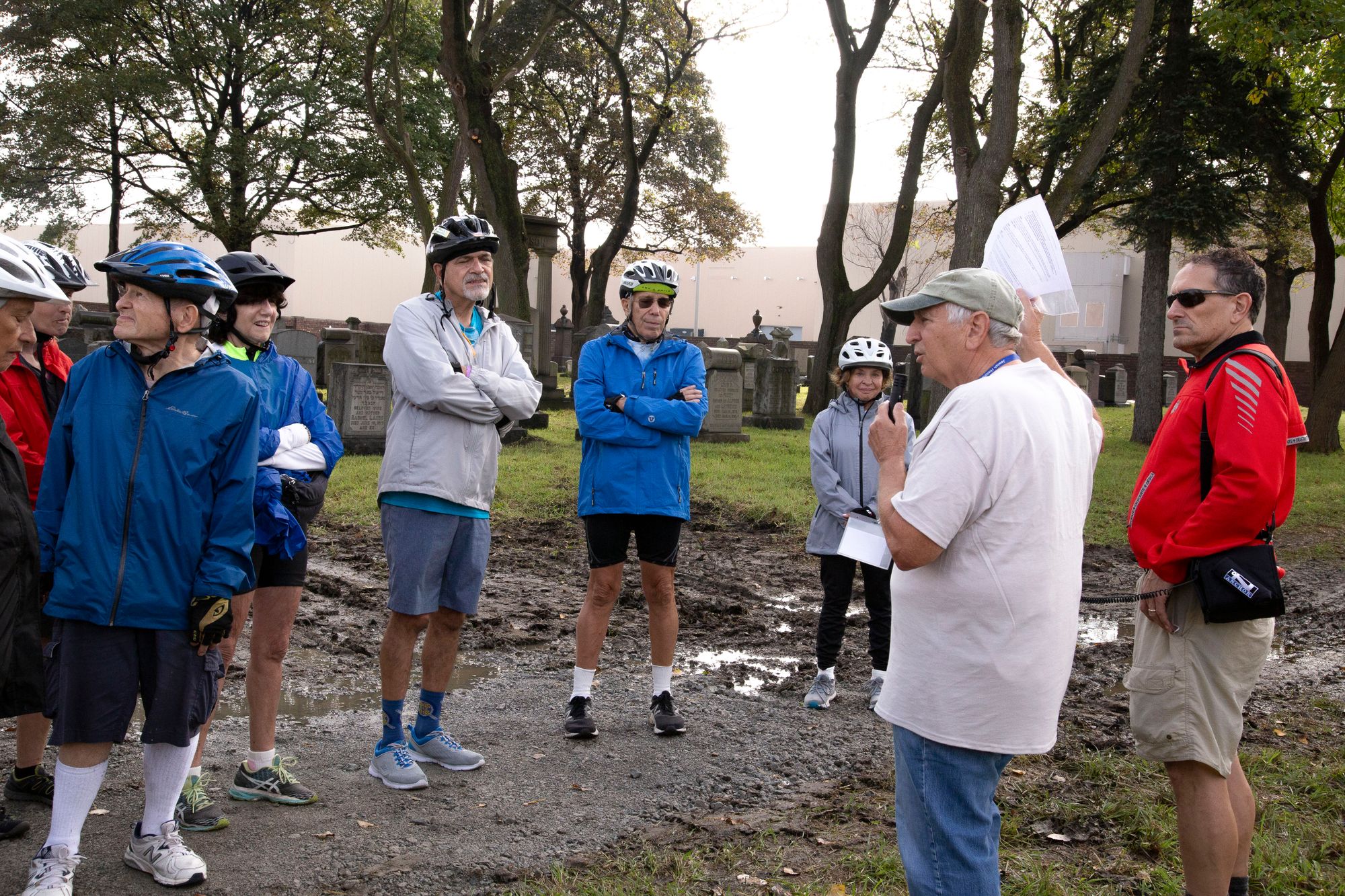
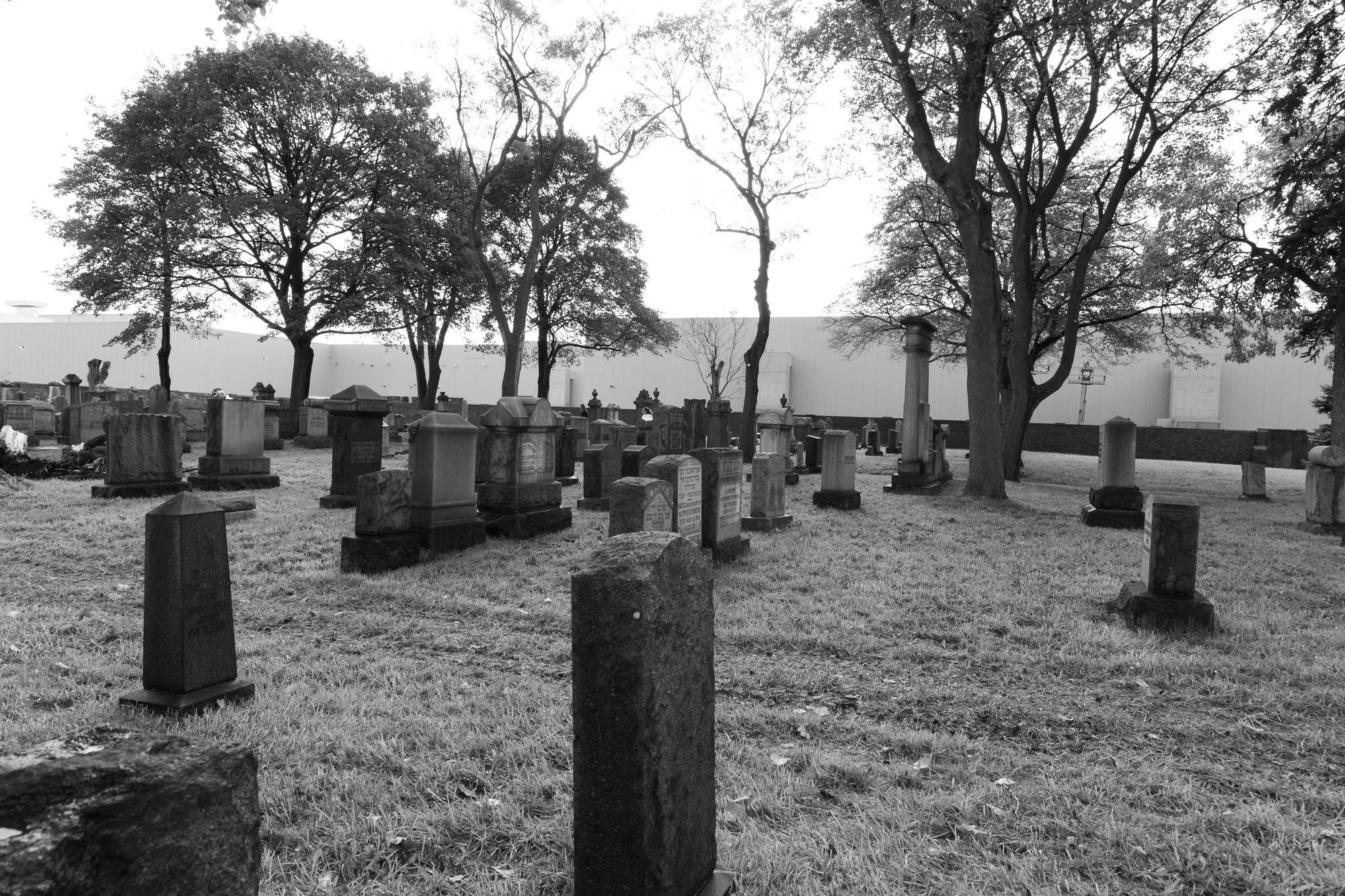
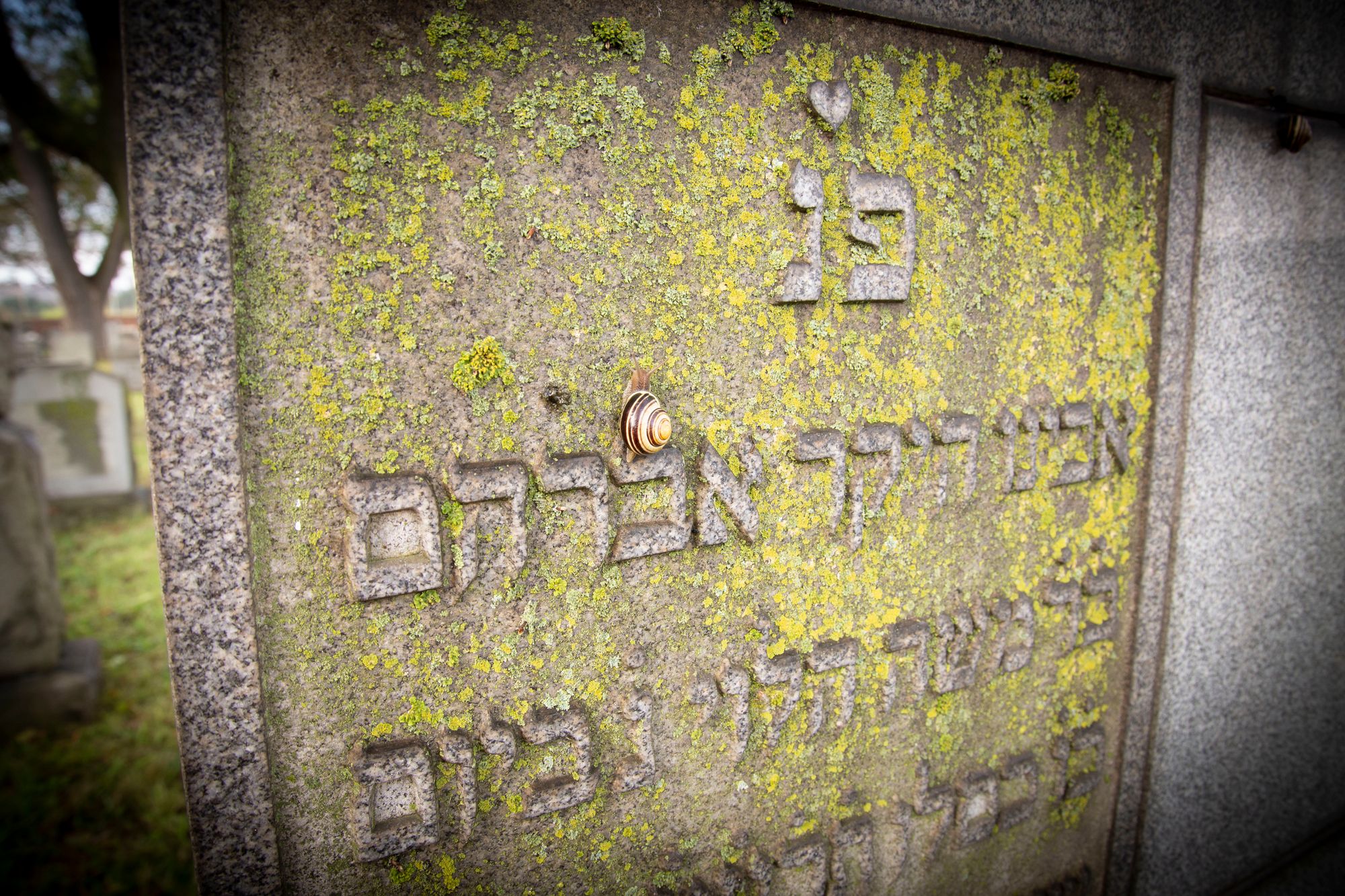
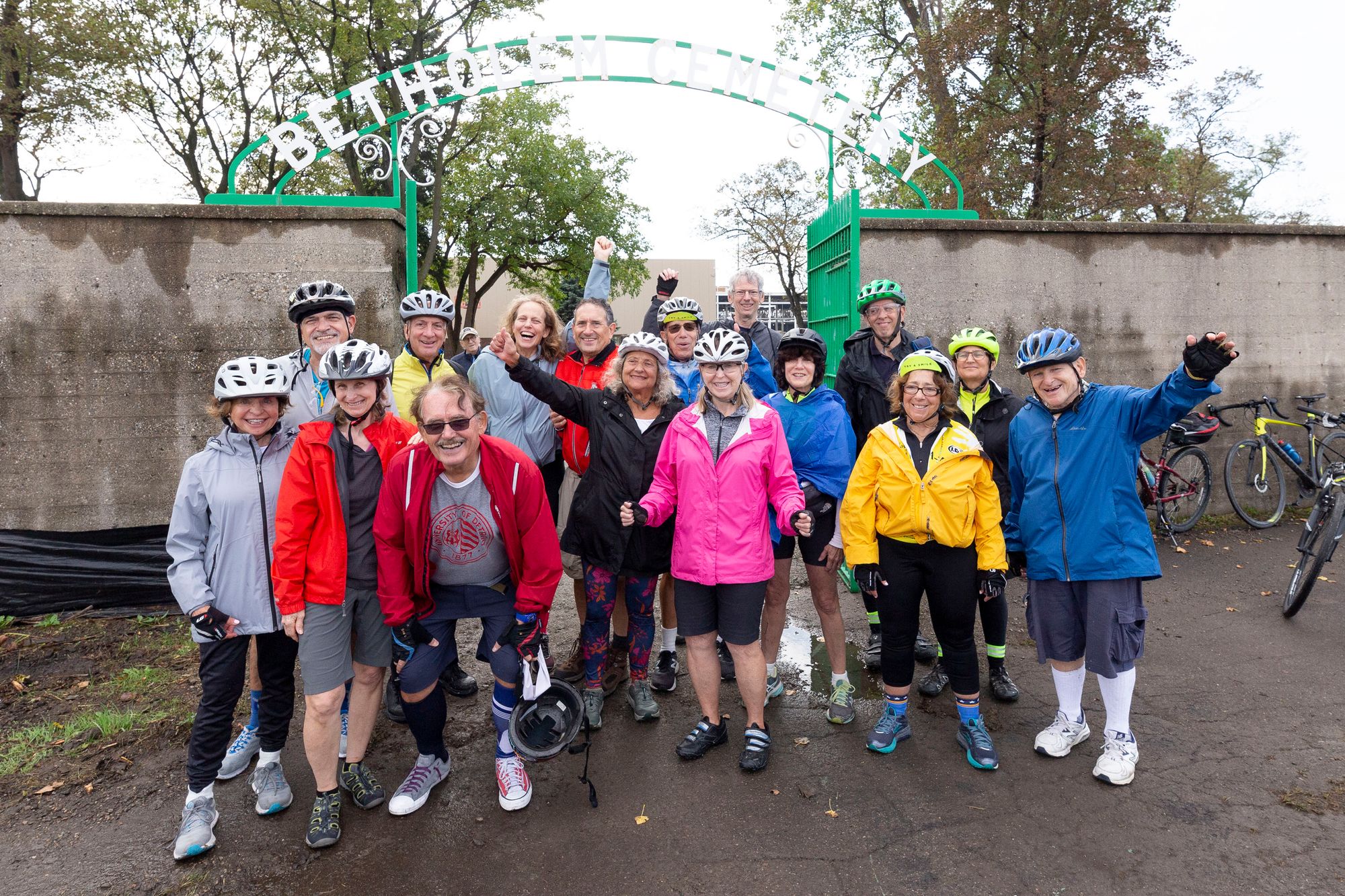
Comments
Sign in or become a Nu?Detroit member to join the conversation.
Just enter your email below to get a log in link.